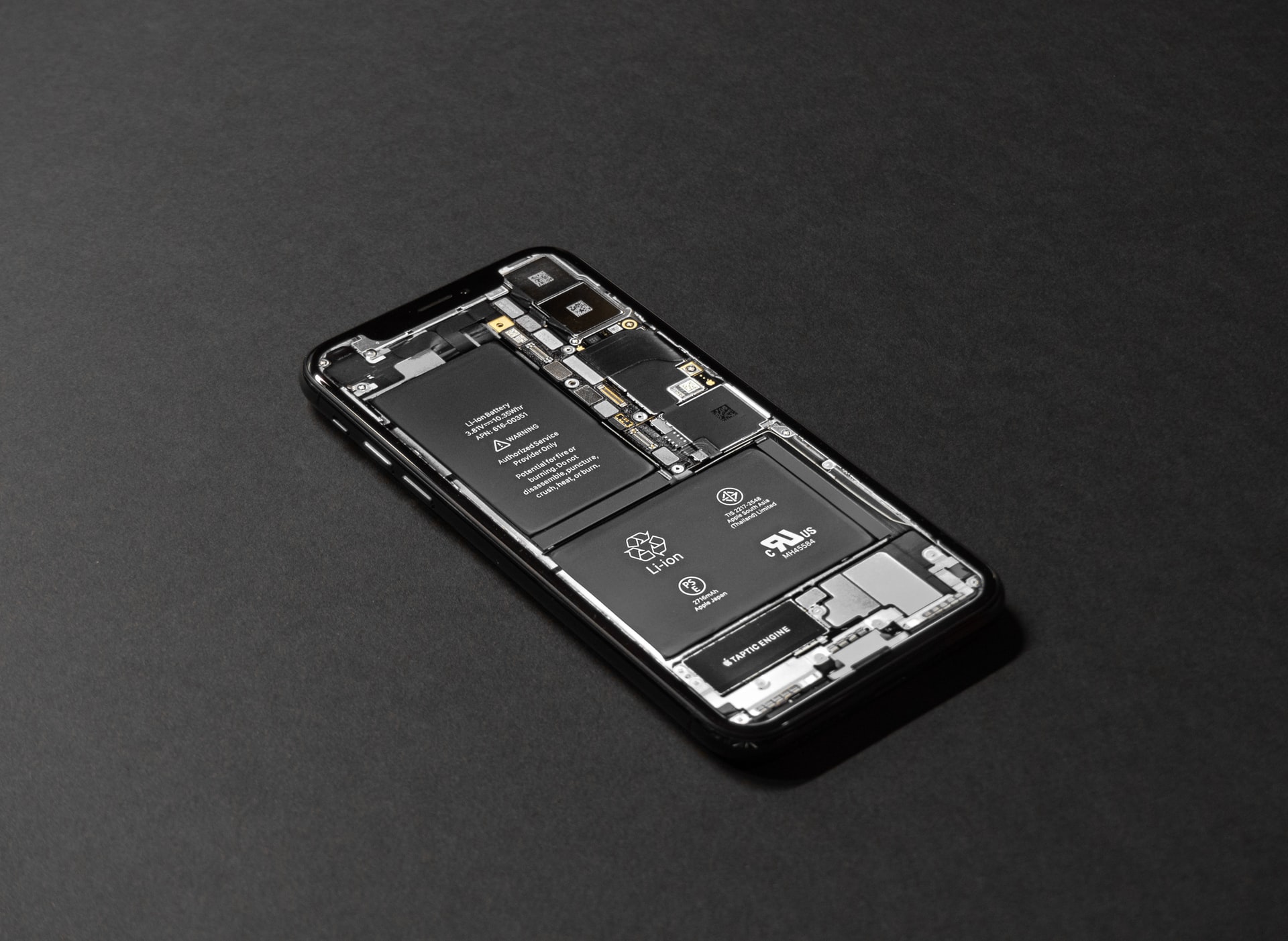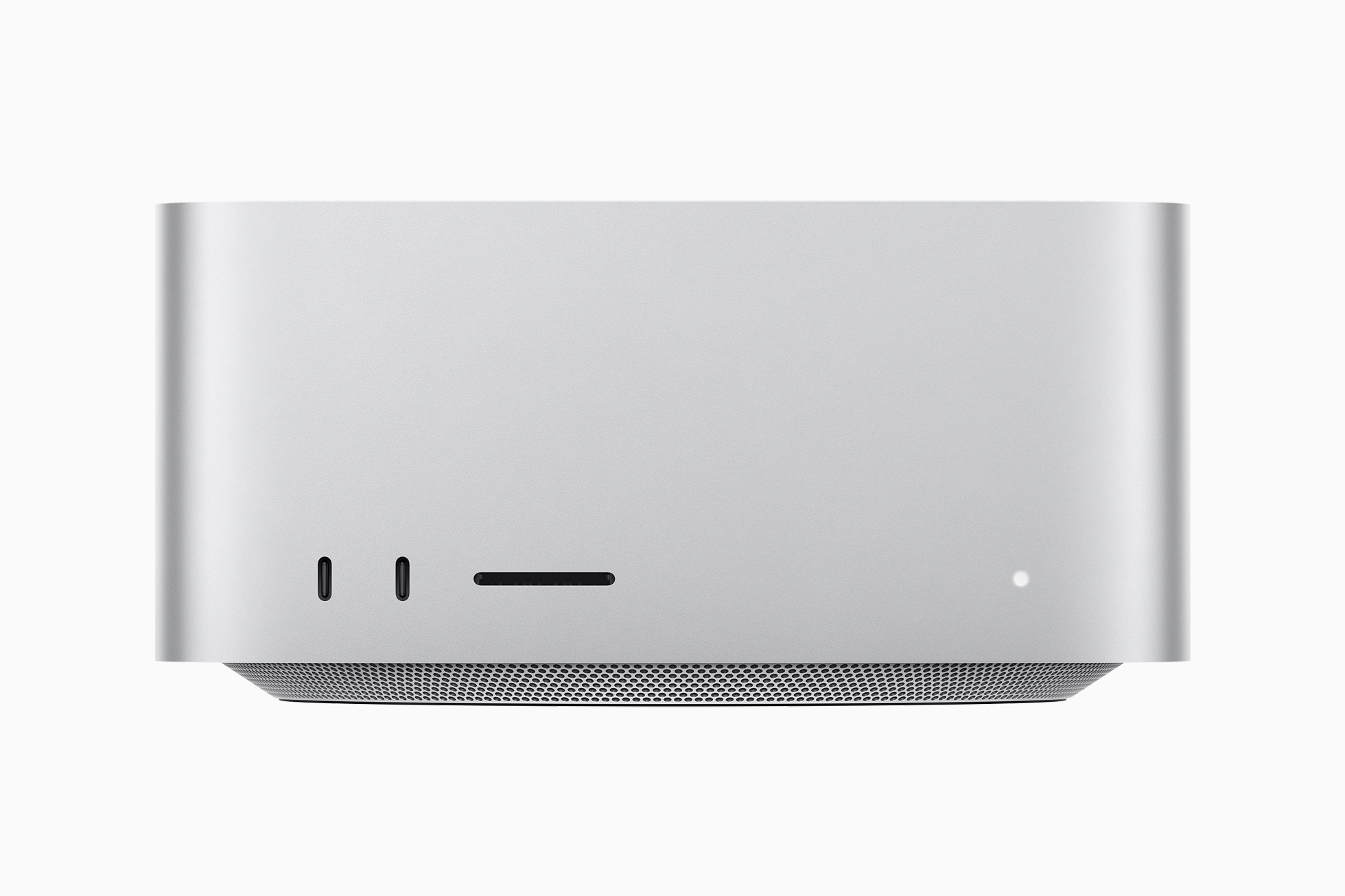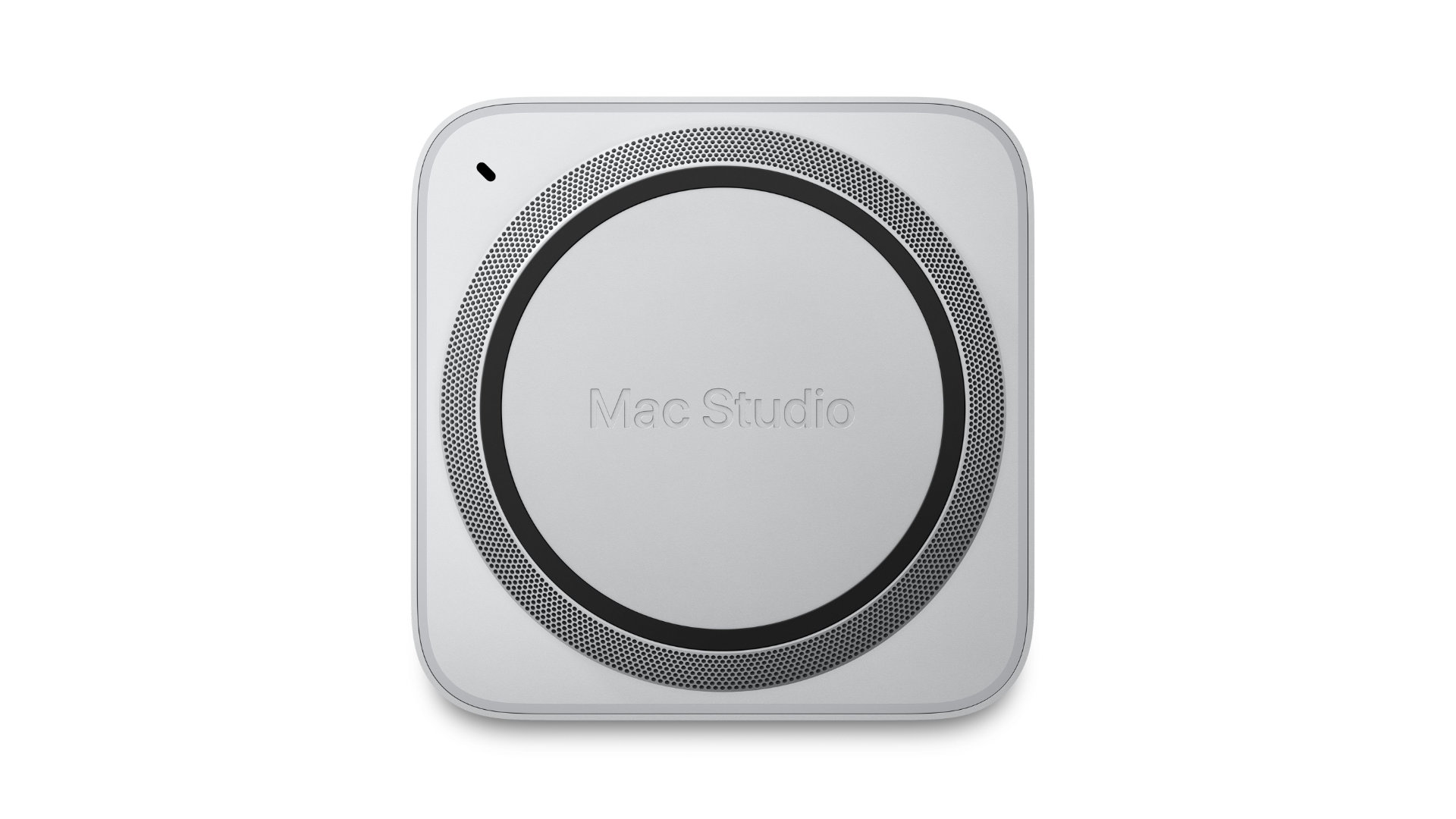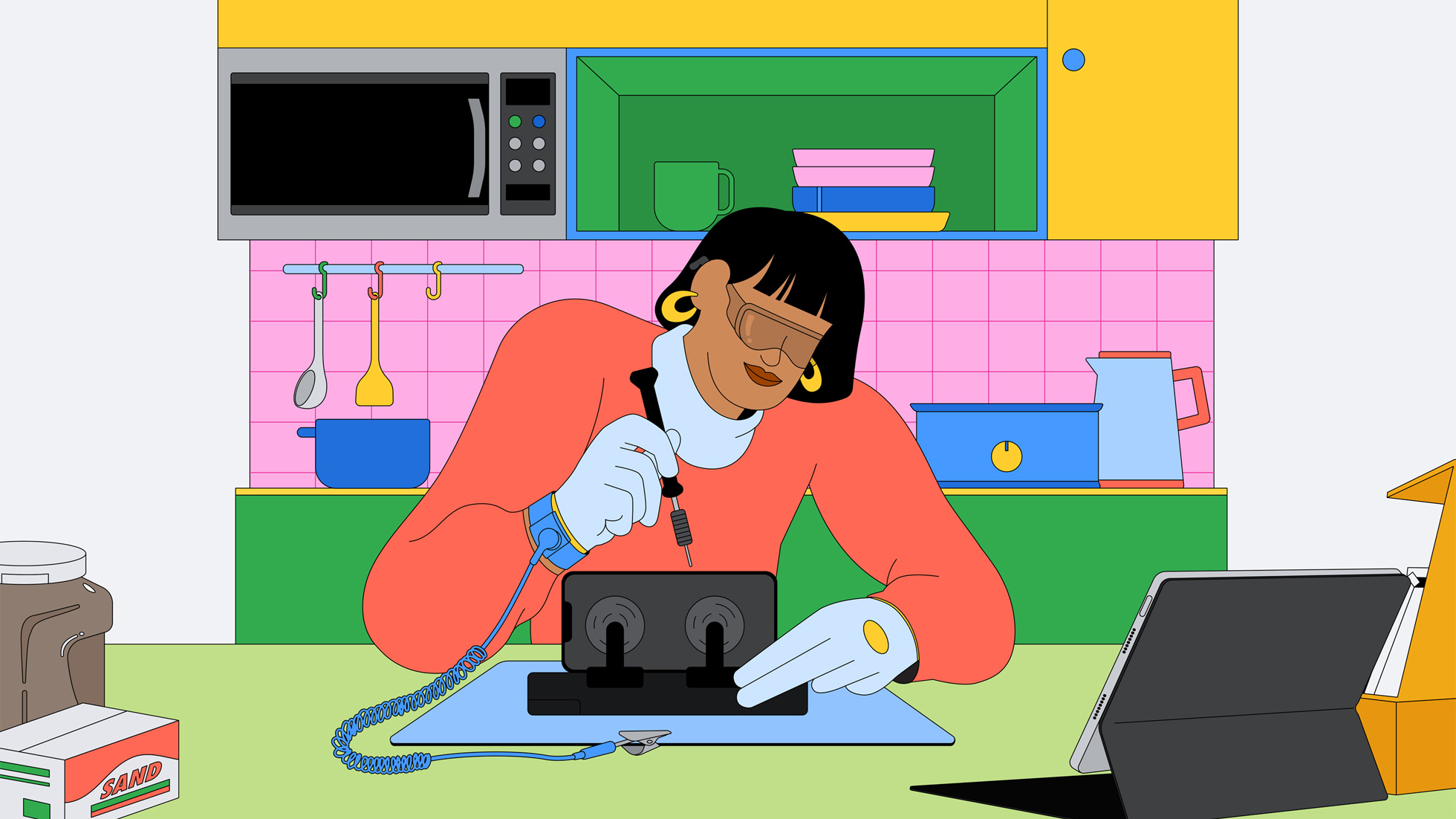A lot of Apple users were surprised by the first analyzes of the new Mac Studio computer, which talked about a theoretically possible expansion of the internal storage. As it turned out after disassembly, this latest addition to the Mac family has two SSD slots, which are probably fully utilized in configurations with 4TB and 8TB storage. Unfortunately, no one has been successful in attempts to expand the storage on their own, with the help of an original SSD module. The Mac didn't even turn on and used Morse code to say "SOS".
It could be interest you
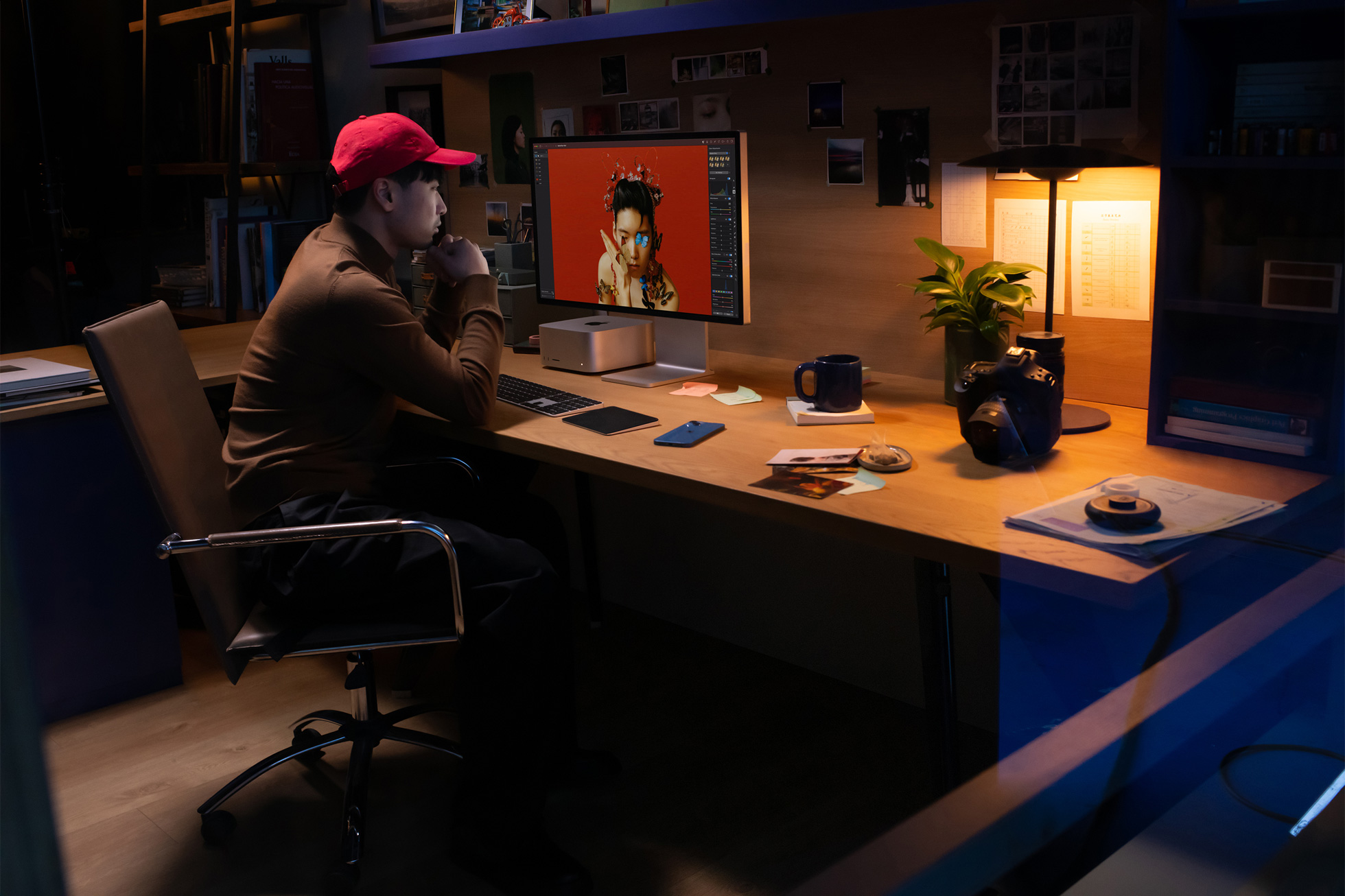
Even though the SSD slots are accessible after a really difficult disassembly of the device, they cannot be used at home. It is therefore evident that a form of software lock prevents the device from turning on. Apple users are therefore expressing huge disapproval of this move by Apple. Of course, Apple has been practicing something similar for several years, when, for example, the operating memory or storage cannot be replaced in MacBooks. Here, however, it has its justification - everything is soldered on one chip, thanks to which we at least get the benefit of a fast unified memory. In this case, however, we do not gain any advantage, on the contrary. In this way, Apple clearly shows that a customer who spends well over 200 for a computer and thus becomes its owner, has no absolute right to interfere with its internals in any way, even though they are designed that way.
Software locks are normal with Apple
However, as we indicated above, similar software locks are nothing new for Apple. Unfortunately. We could have encountered something similar several times in recent years, and we could quickly find a common denominator for all these cases. In short, Apple does not like it when the user starts messing with his own device, or repairs or modifies it himself. It is all the more sad that in the entire technological world it is a matter of course. Apple does not share this view of the world.
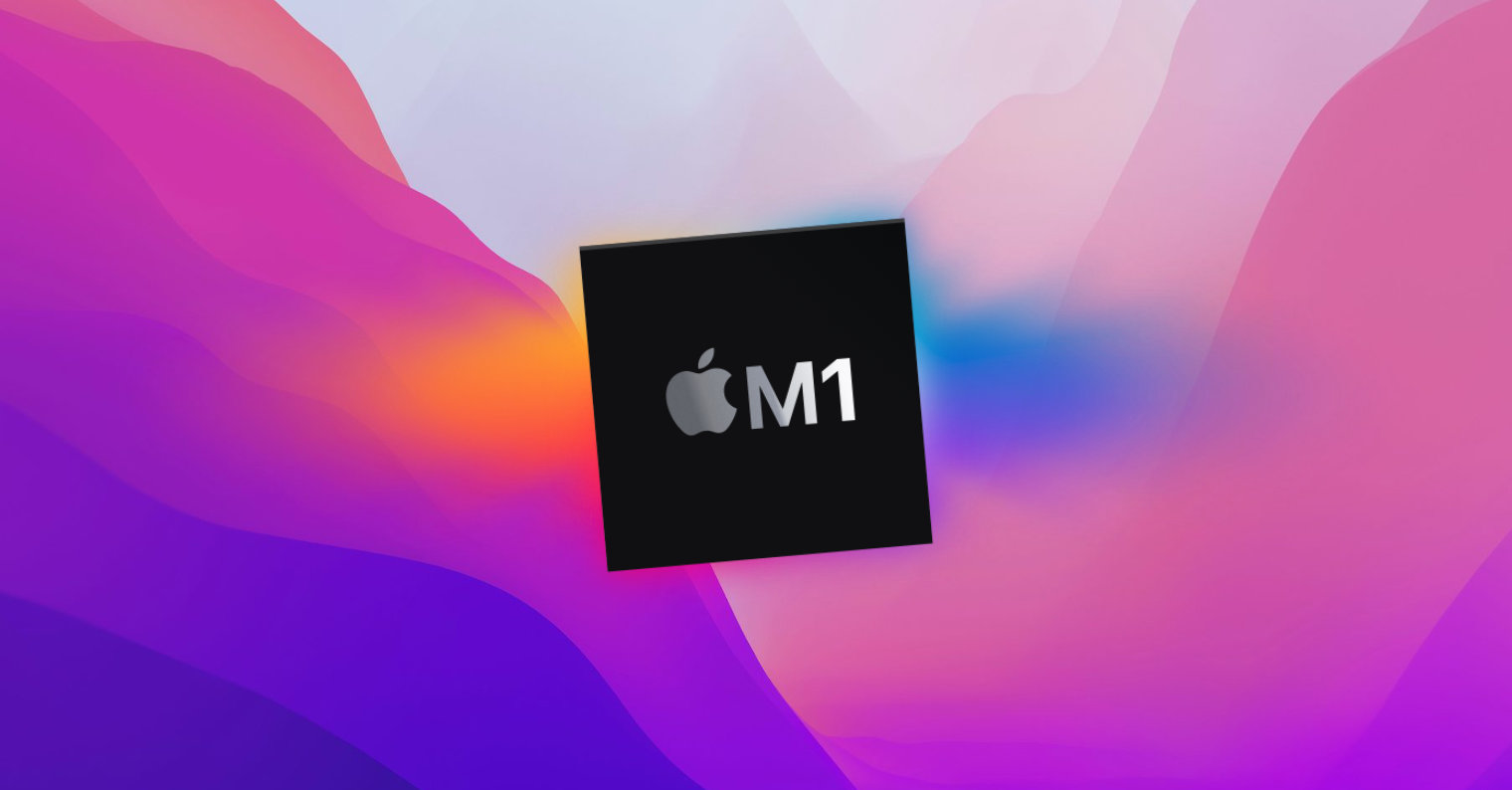
A great example are the just-mentioned MacBooks, where we cannot replace practically anything, since the components are soldered to the SoC (System on a Chip), which, on the other hand, brings us benefits in the speed of the device. In addition, criticism comes more or less justified. Apple charges considerable sums for better configurations, and if, for example, we wanted to double the unified memory to 1 GB and expand the internal memory from 2020 GB to 16 GB in the MacBook Air with M256 (512), we would need an additional 12 thousand crowns for this. Which is definitely not the least.
The situation is not much better for Apple phones. If the time comes to replace the battery and you decide to use an unauthorized service, you have to expect that your iPhone (from the XS version) will display annoying messages about the use of a non-original battery. Not even if Apple doesn't sell original replacement components, so there's no other choice but to rely on secondary production. The same is the case when replacing the display (from iPhone 11) and camera (from iPhone 12), after replacing them an annoying message is displayed. When replacing Face ID or Touch ID, you are completely out of luck, neither of them work, which forces Apple users to rely on authorized services.
It could be interest you
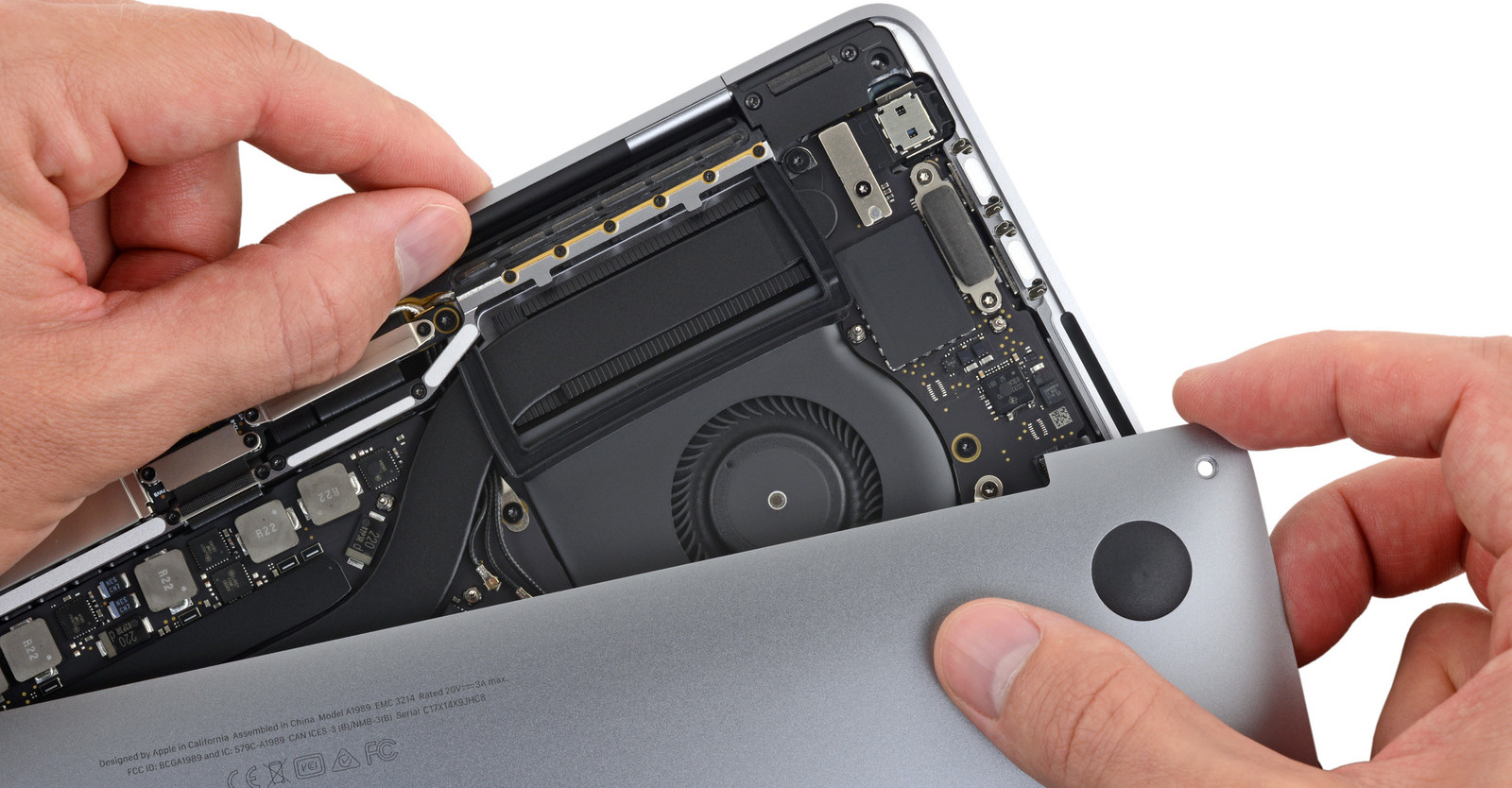
It's the same with Touch ID on MacBooks. In this case, it is necessary to use a proprietary calibration process, which only Apple (or authorized services) can do. These components are paired with the logic board, which makes it not easy to bypass their security.
Why does Apple block these options?
You may be wondering why Apple actually blocks hackers from tampering with their devices. In this direction, the Cupertino giant flaunts security and privacy, which makes sense at first glance, but doesn't quite have to at the second. It is still the device of those users who should logically have the right to use it as they wish. After all, that is why a strong initiative was created in the United States "Right to repair", which fights for consumers' rights to self-repair.
Apple has responded to the situation by introducing a special Self Service Repair program, which will allow Apple owners to repair their iPhones 12 and newer and Macs with M1 chips themselves. Specifically, the giant will make available original spare parts including detailed instructions. The program was officially introduced in November 2021. According to statements at the time, it should start in 2022 in the United States and then expand to other countries. Since then, however, the ground seems to have collapsed and it is not at all clear when the program will actually start, i.e. when it will arrive in Europe.
Mac Studio Case
In the end, however, the whole situation surrounding the replacement of SSD modules in the Mac Studio is not possible as it seems at first glance. This whole matter was clarified by the developer Hector Martin, who is quite well known in the Apple community for his project of porting Linux to Apple Silicon. According to him, we cannot expect computers with Apple Silicon to work the same as PCs on the x86 architecture, or vice versa. In fact, Apple is not so "evil" to the user, but only protects the device itself, since these modules do not even have their own controller, and in practice they are not SSD modules, but memory modules. In addition, in this case, the M1 Max/Ultra chip itself ensures the work of the controller.
After all, even the Cupertino giant mentions everywhere that Mac Studio is not user accessible, according to which it is easy to conclude that it is not possible to expand its capabilities or change components. So maybe it will take a few more years before users get used to a different approach. Incidentally, Hector Martin also mentions this – in short, you cannot apply procedures from a PC (x86) to current Macs (Apple Silicon).
- Apple products can be purchased for example at Alge,u iStores whether Mobile Emergency
It could be interest you
